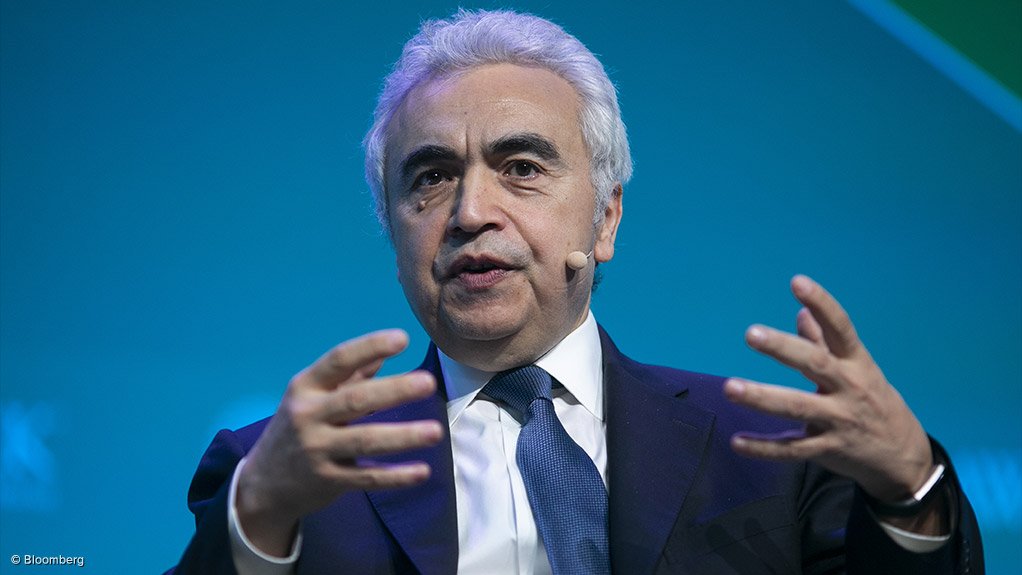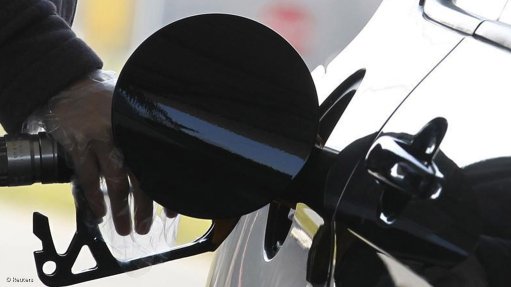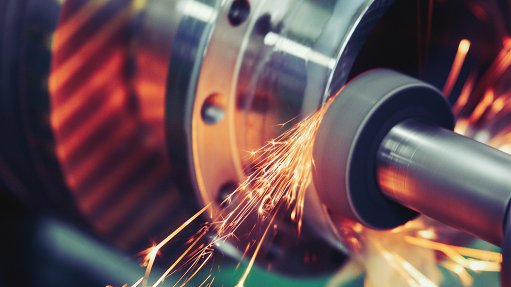Finance ‘sea change’ needed for Africa to meet $190bn/y energy investment goal
Achieving Africa’s energy and climate goals by 2030, including universal access, will require a more than doubling in energy investment this decade, rising to a yearly rate of $190-billion from 2026 to 2030, a new International Energy Agency (IEA) report shows.
It will also require the connection of 90-million people a year, triple the rate of recent years, if Africa is to deliver modern energy services to the 600-million people who currently lack access.
The ‘Africa Energy Outlook 2022’ describes such a step up in investment as a “formidable undertaking” that will require clear strategies and policies from African governments and significant support from international institutions, including in the form of concessional climate finance.
Executive director Dr Fatih Birol says multilateral development banks should take urgent action to increase financial flows to Africa for both developing its energy sector and adapting to climate change, which is already resulting in water stress, reduced food production, an increased frequency of extreme weather and lower economic growth.
The adverse effects of climate change were also fuelling mass migration and regional instability.
“The continent’s energy future requires stronger efforts on the ground that are backed by global support,” Birol argues, while describing the upcoming COP27 climate conference in Egypt as a crucial platform for African leaders to set the agenda.
The IEA also calls for a “sea change” in the way African energy projects are financed, whereby the focus shifts to both electricity, primarily derived from solar, and to meeting domestic demand. Hitherto, much of the focus has been on oil and gas projects, predicated on foreign offtake.
IEA says these shifts underscore the need to fundamentally change the way energy infrastructure is financed.
“Priority needs to be given to making more effective use of public capital, from international and domestic sources, in order to better leverage private capital.”
The IEA’s Sustainable Africa Scenario (SAS) sees electricity, derived primarily from renewables, emerging as the backbone of the continent’s energy systems.
It notes that Africa is home to 60% of the best solar resources globally and that solar photovoltaic (PV) technology is already the cheapest source of power in many parts of Africa and will outcompete all sources continent‐wide by 2030.
“Renewables, including solar, wind, hydropower and geothermal account for over 80% of new power generation capacity to 2030 in the SAS.
“Once coal‐fired power plants currently under construction are completed, Africa builds no new ones, underpinned mainly by China’s announcement to end support for coal plants abroad.
“If the investment initially intended for these discontinued coal plants were redirected to solar PV, it could cover half of the cost of all Africa’s solar PV capacity additions to 2025 in the SAS.”
However, the IEA still sees natural gas playing a role in bolstering Africa’s security of supply.
It notes that more than 5 000-billion cubic metres (bcm) of natural gas resources have been discovered to date in Africa that have not yet been approved for development.
“These resources could provide an additional 90 bcm of gas a year by 2030, which may well be vital for Africa’s domestic fertiliser, steel, cement and water desalination industries.”
The report says that cumulative carbon dioxide emissions from the use of these gas resources over the next 30 years would be around 10-billion tonnes.
“If these emissions were added to Africa’s cumulative total today, they would bring its share of global emissions to a mere 3.5%.”
The report also notes that the goal of universal access to modern energy calls for investment of $25-billion a year, which translates to about one per cent of global energy investment today, or the cost of building only one large liquefied natural gas terminal.
“It is morally unacceptable that the ongoing injustice of energy poverty in Africa isn’t being resolved when it is so clearly well within our means to do so,” Birol asserts.
The IEA also sees major opportunities emerging for Africa as a result of the global transition to cleaner energy systems.
The report highlights Africa’s vast resources of critical minerals including cobalt, manganese and platinum, which are key for batteries and hydrogen technologies.
“South Africa, the Democratic Republic of Congo and Mozambique have a significant share of global production today, but many other countries may hold undiscovered deposits.”
It also notes, however, that investment in mineral exploration in Africa has been declining and that reversing the trend will hinge on improved geological surveys, robust governance, improved transport infrastructure and a particularly strong focus on minimising the environmental and social impacts of mining operations.
Africa, the IEA adds, also has huge potential to produce hydrogen using its rich renewables resources.
“A number of low‐carbon hydrogen projects are under way or under discussion in Egypt,
Mauritania, Morocco, Namibia and South Africa.
“These are focused primarily on using renewables‐based power to produce ammonia for fertiliser, which would strengthen Africa’s food security.
“Global declines in the cost of hydrogen production could allow Africa to deliver renewables‐produced hydrogen to northern Europe at internationally competitive price points by 2030.
“With further cost declines, Africa has the potential to produce 5 000 megatonnes of hydrogen per year at less than $2 per kilogramme – equivalent to global energy supply today.”
Article Enquiry
Email Article
Save Article
Feedback
To advertise email advertising@creamermedia.co.za or click here
Comments
Press Office
Announcements
What's On
Subscribe to improve your user experience...
Option 1 (equivalent of R125 a month):
Receive a weekly copy of Creamer Media's Engineering News & Mining Weekly magazine
(print copy for those in South Africa and e-magazine for those outside of South Africa)
Receive daily email newsletters
Access to full search results
Access archive of magazine back copies
Access to Projects in Progress
Access to ONE Research Report of your choice in PDF format
Option 2 (equivalent of R375 a month):
All benefits from Option 1
PLUS
Access to Creamer Media's Research Channel Africa for ALL Research Reports, in PDF format, on various industrial and mining sectors
including Electricity; Water; Energy Transition; Hydrogen; Roads, Rail and Ports; Coal; Gold; Platinum; Battery Metals; etc.
Already a subscriber?
Forgotten your password?
Receive weekly copy of Creamer Media's Engineering News & Mining Weekly magazine (print copy for those in South Africa and e-magazine for those outside of South Africa)
➕
Recieve daily email newsletters
➕
Access to full search results
➕
Access archive of magazine back copies
➕
Access to Projects in Progress
➕
Access to ONE Research Report of your choice in PDF format
RESEARCH CHANNEL AFRICA
R4500 (equivalent of R375 a month)
SUBSCRIBEAll benefits from Option 1
➕
Access to Creamer Media's Research Channel Africa for ALL Research Reports on various industrial and mining sectors, in PDF format, including on:
Electricity
➕
Water
➕
Energy Transition
➕
Hydrogen
➕
Roads, Rail and Ports
➕
Coal
➕
Gold
➕
Platinum
➕
Battery Metals
➕
etc.
Receive all benefits from Option 1 or Option 2 delivered to numerous people at your company
➕
Multiple User names and Passwords for simultaneous log-ins
➕
Intranet integration access to all in your organisation





















